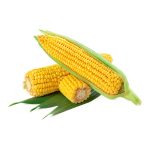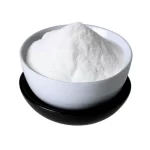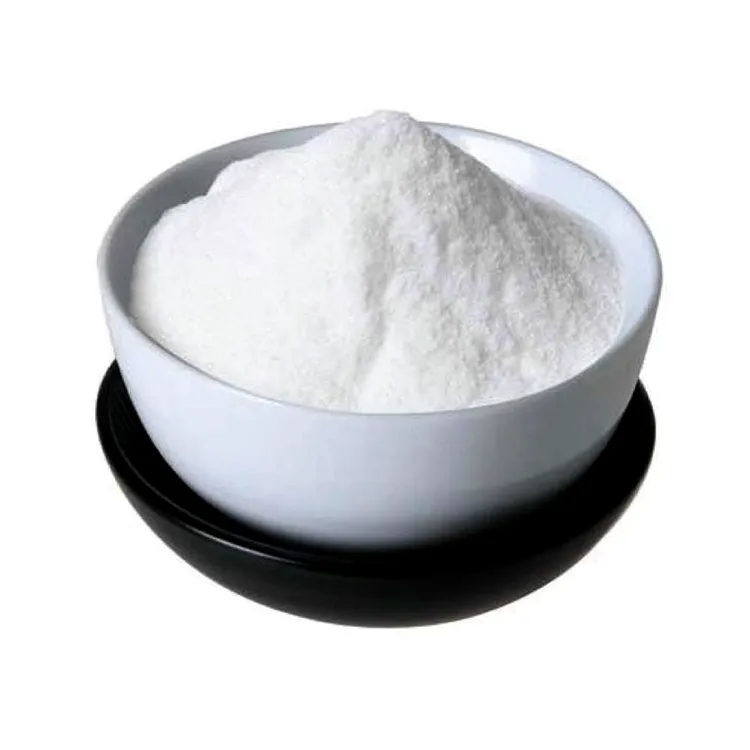
NON-GMO YELLOW CORN
December 6, 2023
SODIUM BICARBONATE
December 6, 2023SODA ASH (SODIUM CARBONATE)
Sodium carbonate (also known as washing soda, soda ash and soda crystals, and in the monohydrate form as crystal carbonate), Na2CO3, is the water-soluble sodium salt of carbonic acid.
Sodium carbonate (also known as washing soda, soda ash and soda crystals, and in the monohydrate form as crystal carbonate), Na2CO3, is the water-soluble sodium salt of carbonic acid.
It most commonly occurs as a crystalline decahydrate, which readily effloresces to form a white powder, the monohydrate. Pure sodium carbonate is a white, odorless powder that is hygroscopic (absorbs moisture from the air). It has a strongly alkaline taste, and forms a moderately basic solution in water. Sodium carbonate is well known domestically for its everyday use as a water softener. When companies process and produce soda ash, a number of other sodium compounds are made as co-products, including sodium bicarbonate (also known as baking soda), sodium sulfite, sodium tripolyphosphate, and chemical caustic soda.
Soda ash has a number of diversified uses that touch our lives every day. Glass manufacturing is the largest application for soda ash whether it is in the production of containers, fiberglass insulation, or flat glass for the housing, commercial building, and automotive industries.
There are basically three grades of soda ash that are produced, namely:
Dense soda ash, which is an anhydrous substance. It forms an important industrial chemical, and is widely used in the manufacture of different products.
Light soda ash, which is widely used as a pH regulator/ buffering agent in multiple industrial processes.
Washing soda, which is also an anhydrous substance that’s produced by combining light soda ash along with additional molecules of water. It’s mostly used in soaps and washing detergents to improve their cleaning properties.
Soda ash also is used to clean the air and soften water. As environmental concerns grow, demand increases for soda ash used in the removal of sulfur dioxide and hydrochloric acid from stack gases. Chemical producers use soda ash as an intermediate to manufacture products that sweeten soft drinks (corn sweeteners), relieve physical discomfort (sodium bicarbonate) and improve foods and toiletries (phosphates). Household detergents and paper products are a few other common examples of readily identifiable products using soda ash.


